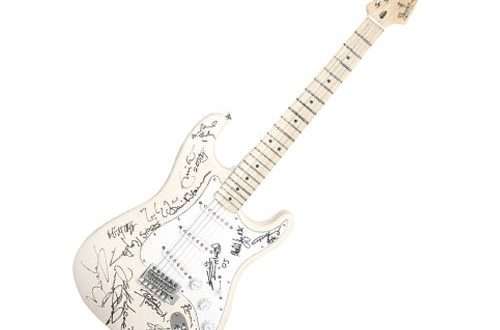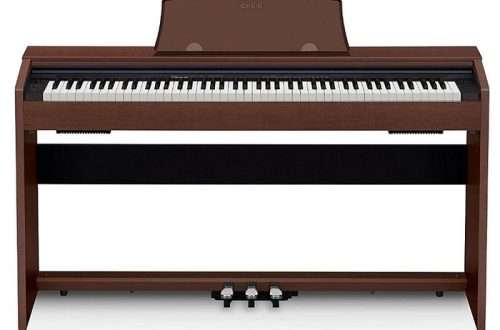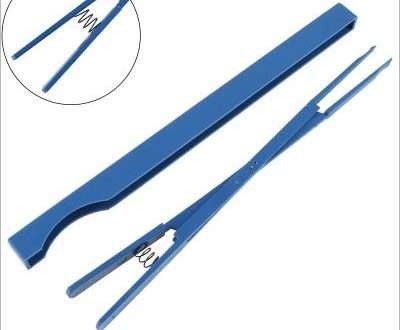What are the poetic meters?
Contents
In Russian poetics, the syllabic-tonic system of versification, introduced with the light hand of Lomonosov and Trediakovsky, has been adopted. In short: in the tonic system, the number of stresses in a line is important, and the syllabic system requires the presence of rhyme.
Before we learn how to determine poetic meter, let’s refresh our memory on the meaning of some terms. The size depends on the order of alternation of stressed and unstressed syllables. Groups of syllables repeated in one line are feet. They determine the size of the verse. But the number of feet in one verse (line) will indicate whether the size is one-foot, two-foot, three-foot, etc.
Let’s look at the most popular sizes. The size of a foot depends on how many syllables make it up. For example, if there is one syllable, then the foot is also monosyllabic, and if there are five, then it is correspondingly five-syllable. Most often in literature (poetry) you can find two-syllable (trochee and iambic) and three-syllable (dactyl, amphibrach, anapest) feet.
Two syllables. There are two syllables and two meters.
Chorea – foot with stress on the first syllable. The synonym that is sometimes used to call this type of foot is the word troche. IN iambic stress on the second syllable. If the word is long, then it also implies a secondary stress.
The origin of the term is interesting. According to one version, on behalf of the servant of the goddess Demeter, Yambi, who sang cheerful songs built on iambic meter. In ancient Greece, only satirical poems were originally composed in iambic.
How to distinguish iambic from trochee? Difficulties can be easily avoided if you arrange the terms alphabetically. The “trochee” comes first, and accordingly, its stress is on the first syllable.
In the picture on the right you see a schematic representation of dimensions using numbers and signs, and under this text you can read examples of poems with such dimensions from fiction. The trochaic meter is well demonstrated to us by the poem by A.S. Pushkin’s “Demons”, and we can find iambic feet at the very beginning of the famous novel in verse “Eugene Onegin”.
Trisyllabic poetic meters. There are three syllables in the foot, and the same number of sizes.
Dactyl – a foot in which the first syllable is stressed, then two unstressed. The name comes from the Greek word dáktylos, which means “finger”. The dactylic foot has three syllables and the toe has three phalanges. The invention of dactyl is attributed to the god Dionysus.
Amphibrachium (Greek amphibrachys – short on both sides) – a foot of three syllables, where the stress is placed in the middle. Anapest (Greek anapaistos, i.e. reflected back) – foot with stress on the last syllable. Scheme: 001/001
The features of three-syllable meters are easy to remember from the sentence: “The LADY locks the gate in the evening.” The abbreviation DAMA encodes the names of the sizes in order: DActyl, AMFIBRACHY, Anapest. And the words “in the evening he locks the gate” illustrate patterns of alternation of syllables.
For examples from fiction for three-syllable meters, see the picture that you see under this text. Dactyl and amphibrachium illustrate the works of M.Yu. Lermontov’s “Clouds” and “It Stands Lonely in the Wild North.” The anapestic foot can be found in A. Blok’s poem “To the Muse”:
Polysyllabic meters are formed by merging two or three simple meters (just like in music). Of the variety of complex foot types, the most popular are peon and penton.
Peon consists of a single stressed and three unstressed syllables. Depending on the count of the stressed syllable, peons I, II, III and IV are distinguished. In Russian versification, the history of the peon is associated with the symbolists, who proposed it as a four-syllable meter.
Penton – a foot of five syllables. There are five types of them: “Penton No.. (according to the order of the stressed syllable). The famous pentadolniki A.V. Koltsov, and “Penton No. 3” is called “Koltsovsky”. As an example of a “peon” we can cite R. Rozhdestvensky’s poem “Moments”, and we illustrate the “pentone” with the poems of A. Koltsov “Don’t make noise, rye”:
Knowing what poetic meters are is necessary not only for school analyzes of literature, but for choosing them correctly when composing your own poems. The melodiousness of the narrative depends on the size. There is only one rule here: the more unstressed syllables in a foot, the smoother the verse sounds. It’s not good to paint a fast-paced battle, for example, with a penton: the picture will look like it’s in slow motion.
I suggest you get some rest. Watch the video with beautiful music and write in the comments what you can call the unusual musical instrument that you see there?



